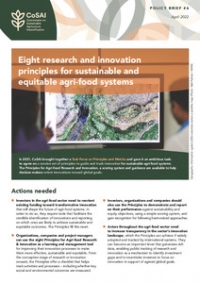The International Potato Center (CIP) has worked with Rutgers University and the University of Kansas to develop a tool to predict how water moves through soil.

The structure of soil – if it’s silt, clay and/or sand – and the size and geometry of the open spaces, or soil pores, affects how water move through it and how fast. The property that quantifies the rate of water movement is called ‘hydraulic conductivity.’
A Multistripe Laser Triangulation (MLT) scanner has been adapted to scan and accurately show large soil pores (macropores). Using the MLT scanner allows soil hydrologists to predict water movement by comparing soil when it’s dry to when it is saturated with water.
Predicting water movement in soil is important for understanding recharge rates of aquifers, making management of this resource potentially more effective and efficient. This is especially important for agriculturalists in areas that are plagued by drought.
The tool could also help scientists and farmers better understand water runoff, soil erosion, how sediment is added to the land (i.e. deposition), and sedimentation of surface water reservoirs. In addition, it could predict how nutrients are transported within the soil.
Article: Relating Quantitative Soil Structure Metrics to Saturated Hydraulic Conductivity
Press Release: Laser Reveals Water’s Secret Life in Soil











